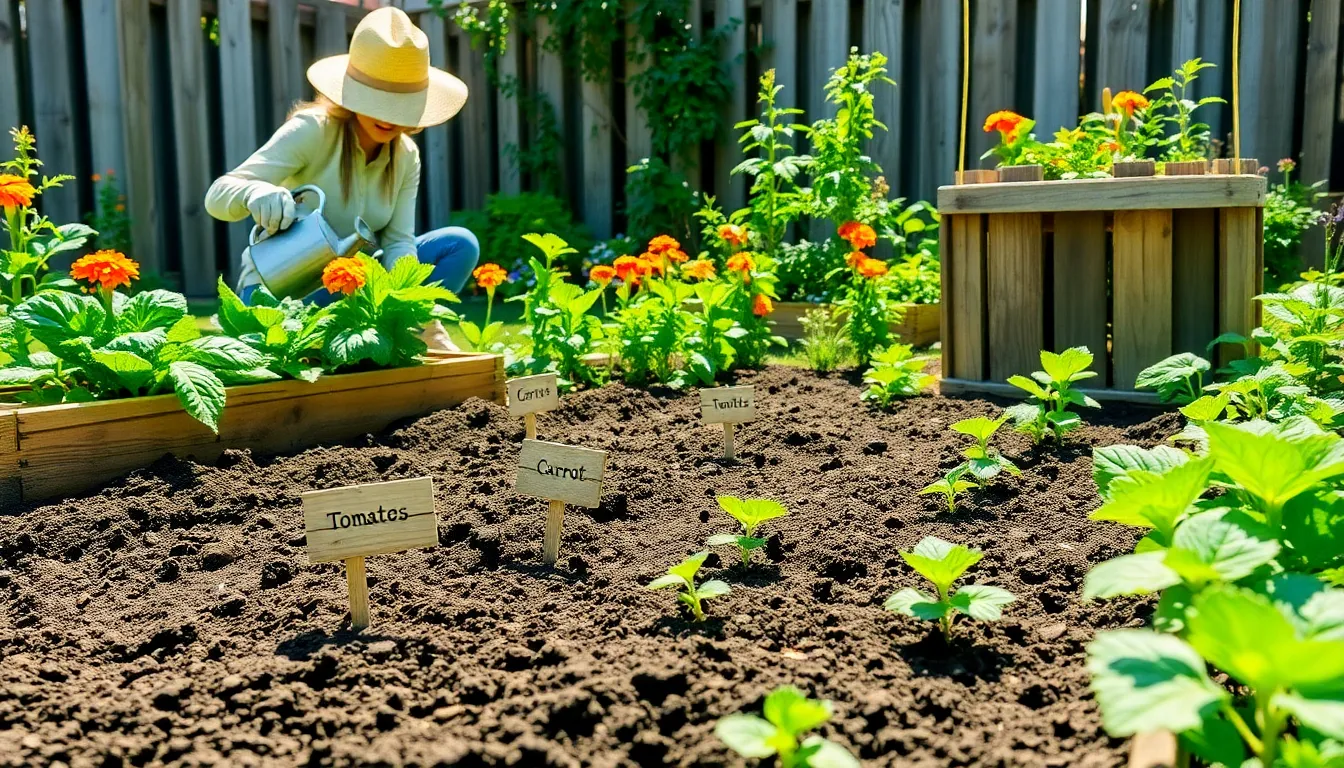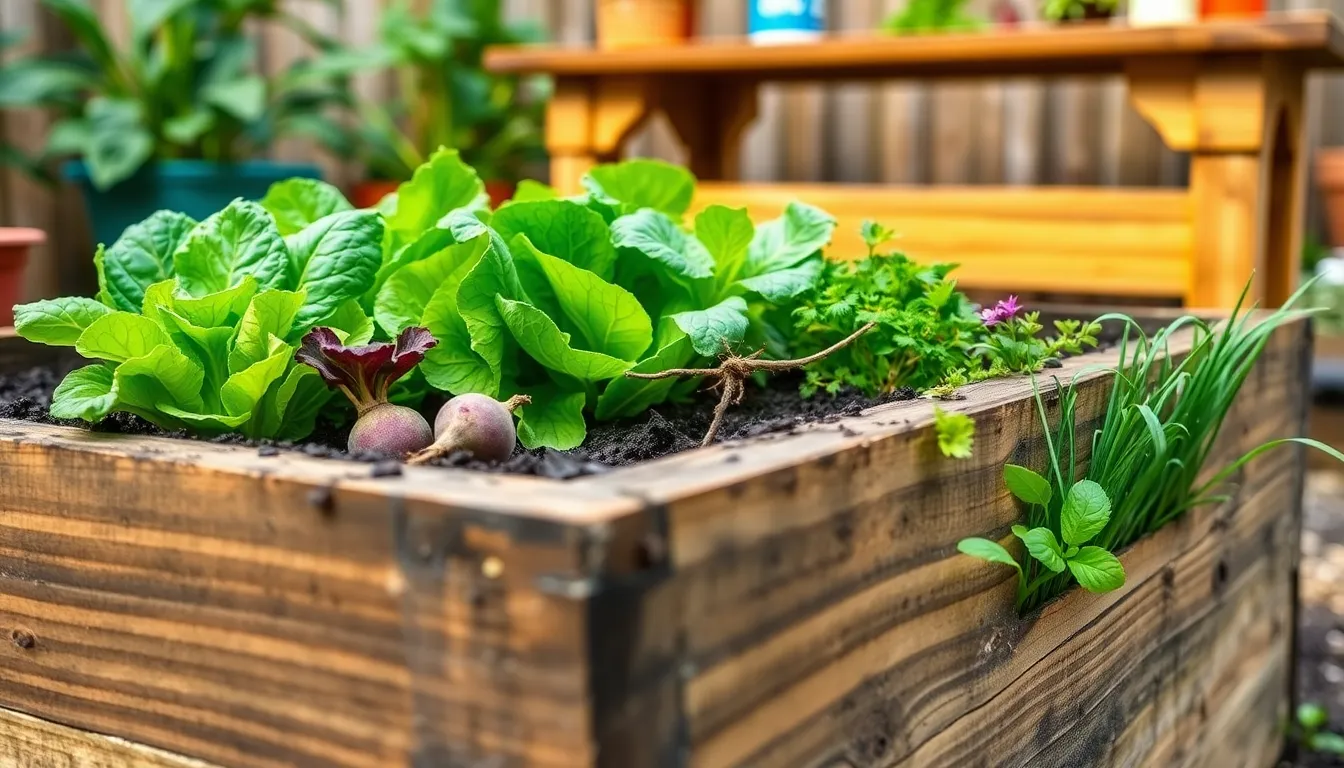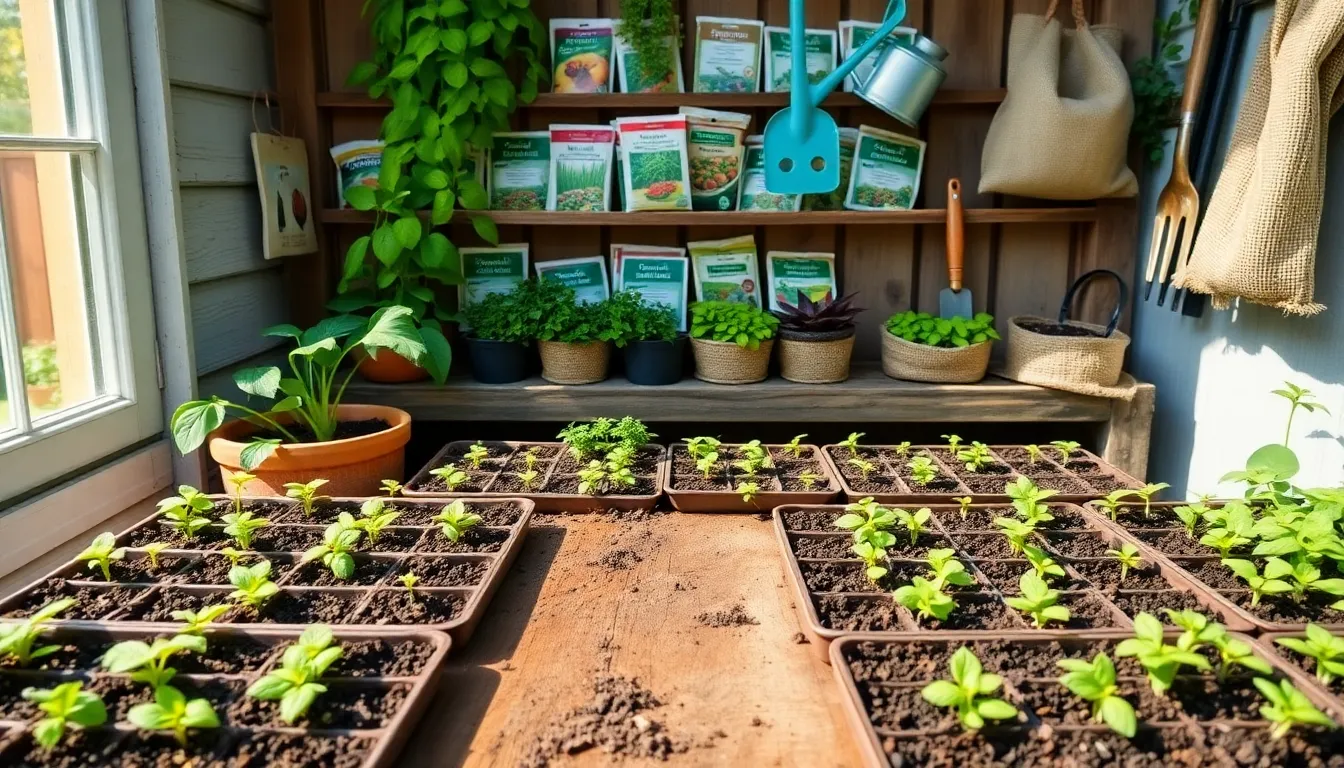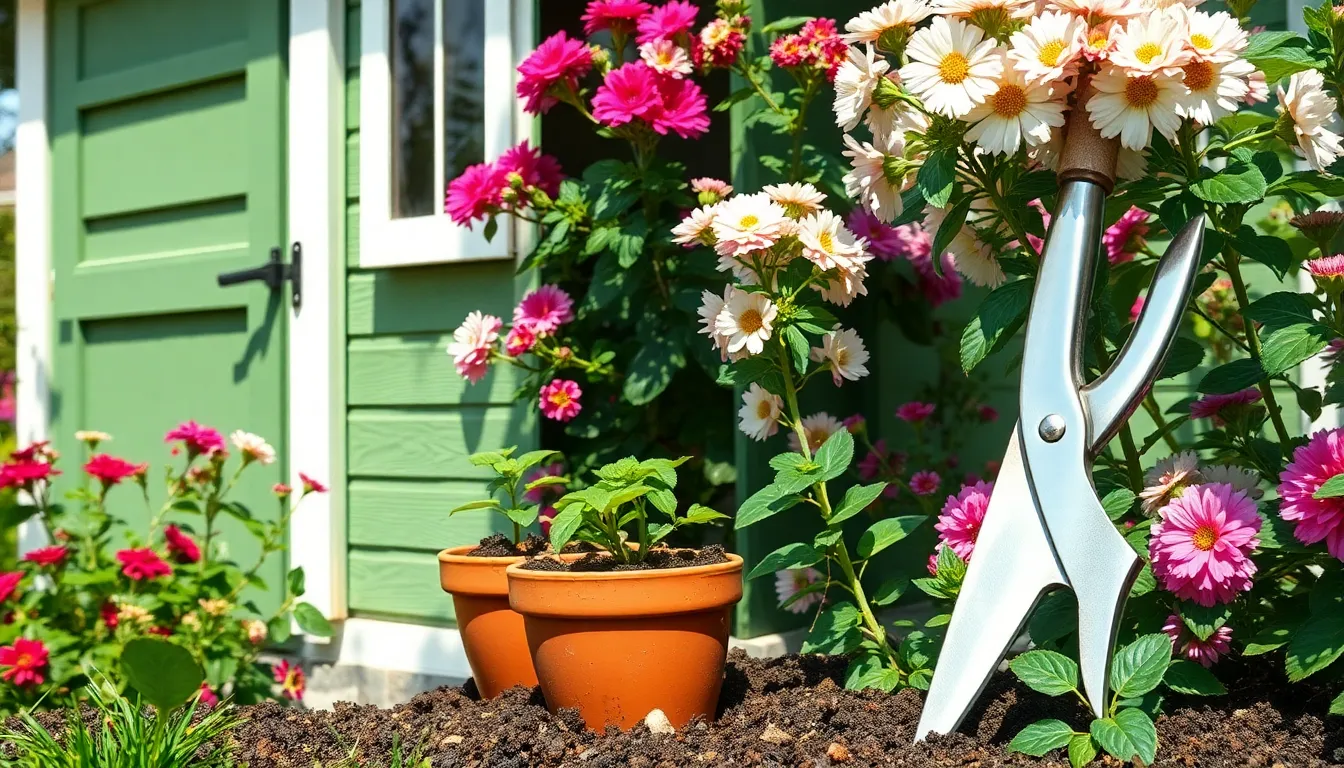Creating a garden from scratch is like painting on a blank canvas where every seed you plant is a brushstroke of life. Whether you’re a newcomer with a budding interest or a seasoned green thumb seeking a fresh challenge, the journey of cultivating your own garden is both rewarding and transformative. It provides not only a sanctuary of beauty and tranquility but also a tangible way to connect with nature and your own well-being.
Embarking on this verdant adventure is important because it allows you to craft a personal oasis brimming with the colors, scents, and textures of your choosing. In this article, you’ll discover the essential steps to establish a flourishing garden, from selecting the ideal location and preparing the soil to choosing plants that will thrive in your climate. With these insights, you’ll gain the confidence to cultivate a space that reflects your vision and nourishes your spirit.
You’ll learn practical tips for nurturing your garden, ensuring that even the most hesitant beginner can feel empowered to dig in with enthusiasm. For the more experienced gardener, we’ll explore advanced techniques that can elevate your garden to new heights of productivity and beauty. By the end of this guide, you’ll have the knowledge to transform a simple plot of land into a lush, thriving testament to your dedication and creativity.
Select Your Garden Location
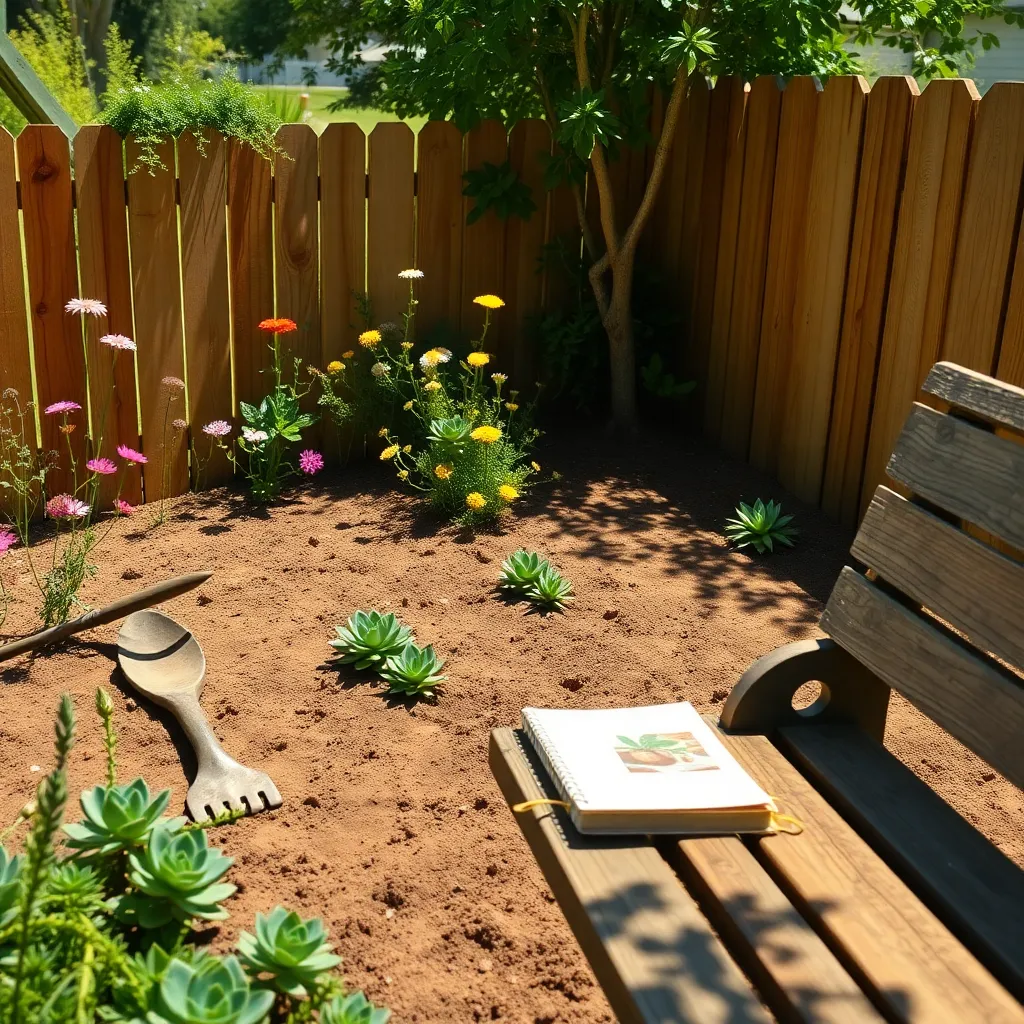
Finding the perfect location for your garden is crucial to its success. Start by observing the sunlight patterns in your yard, as most plants require at least six hours of sunlight each day.
Consider the soil quality in your chosen area, because healthy soil is the foundation of any thriving garden. You can improve poor soil with organic matter like compost or well-rotted manure to enhance its structure and nutrient content.
Ensure that your garden location has proper drainage to prevent water from pooling around the roots. Check the slope of your garden bed and use raised beds or amend the soil if necessary to improve drainage.
For more advanced gardeners, installing a drip irrigation system can optimize water usage and efficiency. This system ensures that your plants receive consistent moisture, which is especially beneficial in regions with irregular rainfall.
Test and Amend the Soil
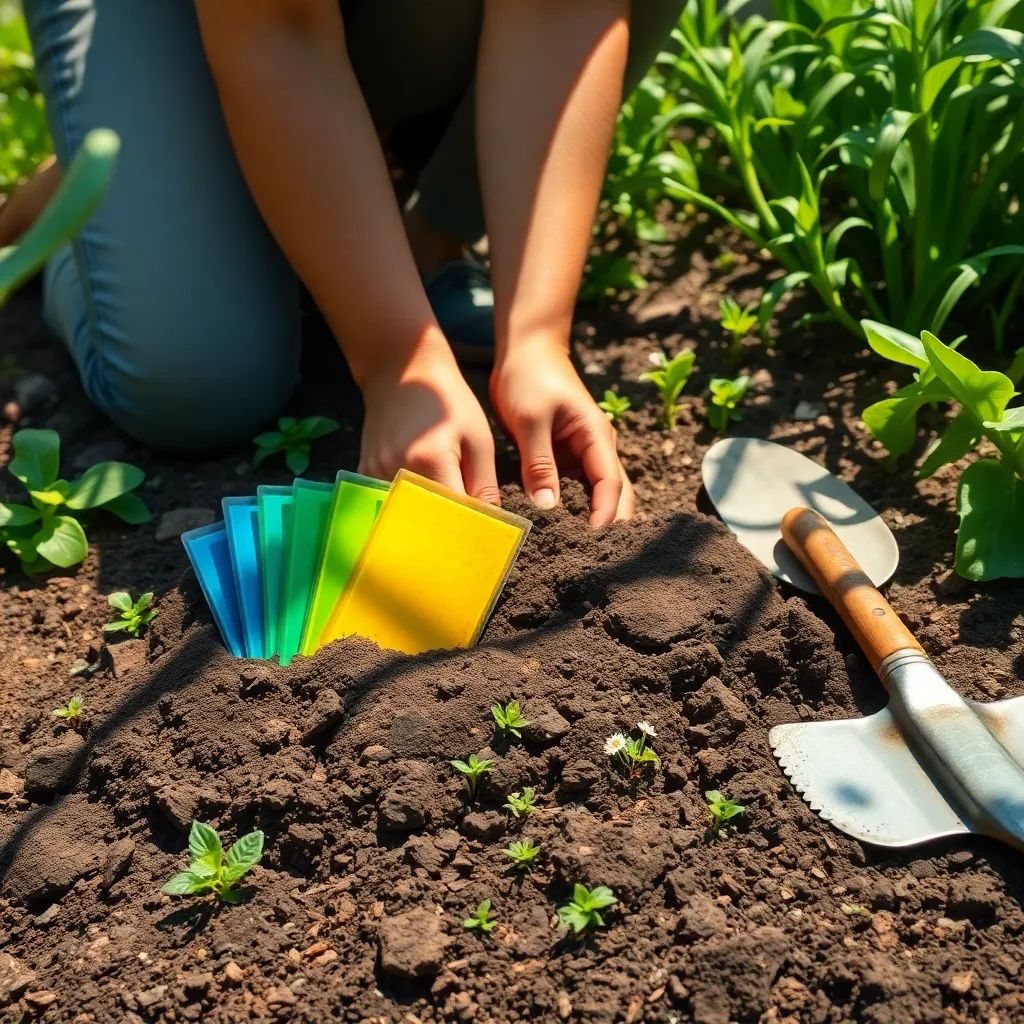
Once you’ve selected your garden location, it’s crucial to understand the current condition of your soil. Start by conducting a soil test to determine its pH level, nutrient content, and texture.
Testing kits are readily available at garden centers and online, offering a straightforward way to measure these essential factors. Alternatively, you can send a sample to a local agricultural extension service for a more detailed analysis.
With the results in hand, you can take targeted steps to amend your soil effectively. If your soil is too acidic, adding lime can help raise the pH, while sulfur can be used to lower it if it’s too alkaline.
For nutrient deficiencies, incorporate organic matter such as compost or well-rotted manure to improve soil fertility. Compost not only enriches the soil but also enhances its structure, promoting better root growth.
Don’t forget to consider the soil texture, as it impacts water retention and drainage. Sandy soils may require additional organic matter to improve moisture retention, while clay-heavy soils benefit from the addition of sand or gypsum to enhance drainage.
Regularly monitoring and amending your soil sets a strong foundation for your garden’s success. Healthy soil leads to healthy plants, ultimately producing a more bountiful garden.
Choose Suitable Plant Varieties
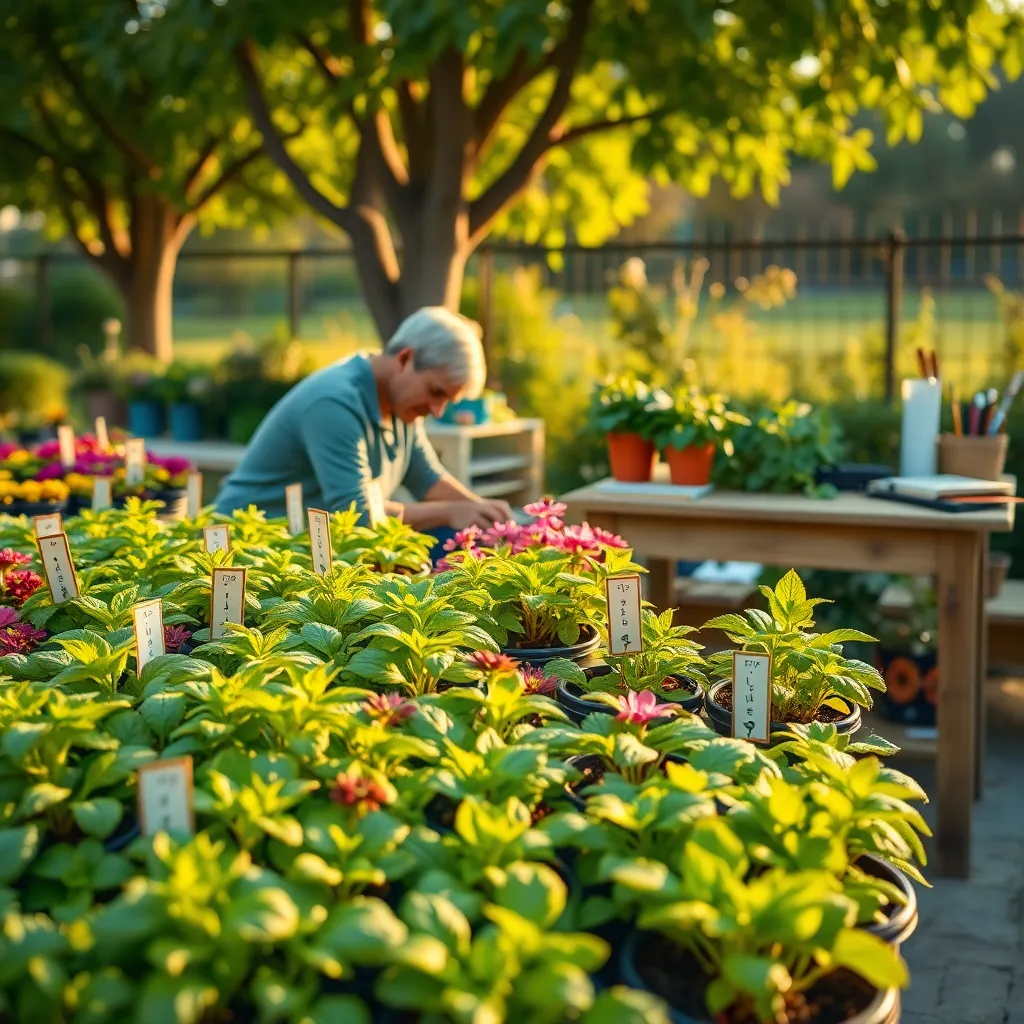
Choosing the right plant varieties is crucial for the success of your garden. Consider your local climate and the specific conditions of your garden space, such as sunlight and soil type, when selecting plants.
First, determine whether your garden gets full sun, partial shade, or full shade throughout the day. Sun-loving plants such as tomatoes and peppers will thrive in areas that receive six or more hours of sunlight, while shade-tolerant plants like hostas and ferns are ideal for less sunny spots.
Next, consider the hardiness zone of your region, which indicates the average minimum winter temperature. Choose plants that are suited to your zone to ensure they can survive the winter months and thrive in the growing season.
For beginners, it’s often best to start with easy-to-grow plants like radishes or marigolds, which are forgiving and resilient. Advanced gardeners might want to experiment with more challenging varieties like orchids or bonsai trees, which require specific care and attention.
It’s also important to think about the space each plant needs to grow. Check the mature size of the plants you’re interested in, and make sure you have enough room to accommodate them without overcrowding.
- Tip for success: Group plants with similar water and sunlight needs together for more efficient care.
- Consider planting native species, as they are more likely to thrive in your local environment and require less maintenance.
By taking the time to choose suitable plant varieties, you’ll set your garden up for success and enjoy a bountiful harvest or lush display of foliage. Remember, a well-planned garden is both beautiful and rewarding!
Plan Your Garden Layout
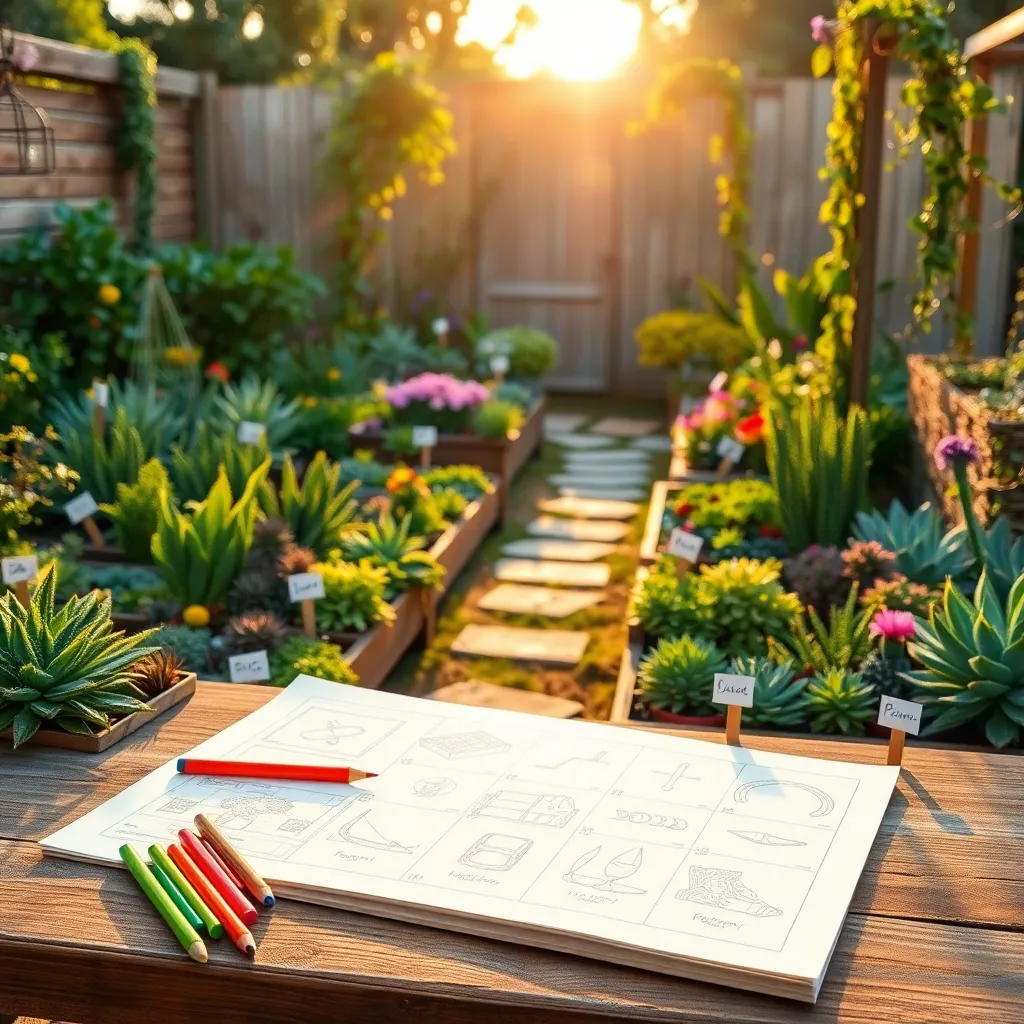
Once you’ve chosen suitable plant varieties, it’s crucial to plan your garden layout to maximize growth and health. Start by considering the amount of sunlight each area of your garden receives, as this will influence where you place sun-loving and shade-tolerant plants.
Think about the mature size of your plants to ensure they have enough space to thrive. Place taller plants, like tomatoes or sunflowers, at the back of the garden bed to prevent them from shading smaller plants.
For a well-organized garden, consider grouping plants with similar water and soil requirements together. This approach makes it easier to manage their needs and ensures that each plant gets the care it requires without overwatering or underwatering.
Beginners might start with a simple grid layout, which helps in maintaining order and ease of access. For a more advanced approach, try companion planting, where certain plants benefit each other’s growth—like planting basil next to tomatoes to repel pests.
Plant Seeds and Seedlings
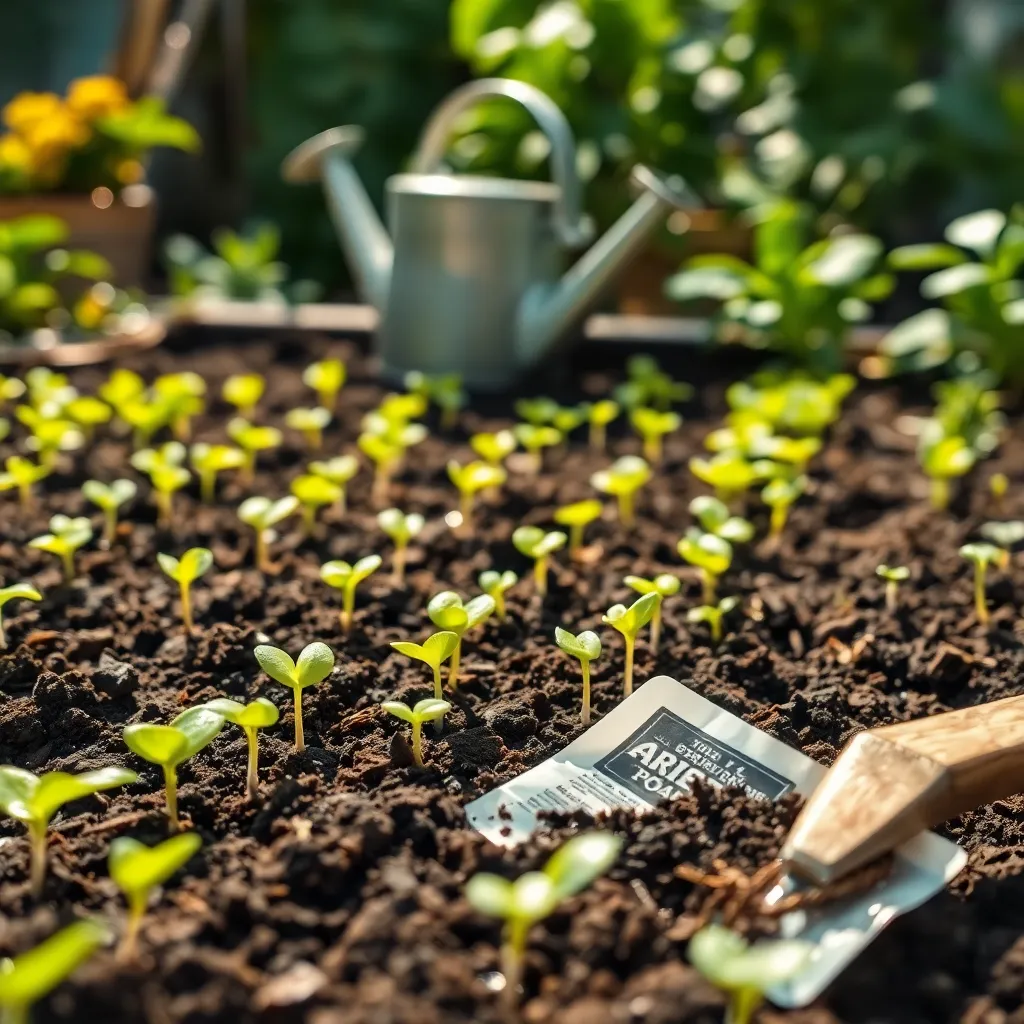
Once you’ve planned your garden layout, it’s time to start planting seeds and seedlings. Begin by selecting the right seeds for your climate and soil conditions, ensuring they are suitable for the season you’re planting in.
To give seeds the best start, use a quality seed-starting mix that is light and well-draining. Ensure the soil is moist but not waterlogged, as too much water can cause seeds to rot before they germinate.
When planting seeds, follow the depth and spacing instructions on the seed packet for best results. Cover seeds lightly with soil and water gently to avoid disturbing them, keeping the soil consistently moist until germination.
For gardeners using seedlings, harden them off by gradually exposing them to outdoor conditions over a week. This process helps the plants adjust to the environment, reducing transplant shock.
Plant seedlings on a cool, cloudy day or in the late afternoon to minimize stress. Dig a hole slightly larger than the root ball, place the seedling in the hole, and fill in with soil, ensuring the plant is at the same soil level as it was in its container.
- Use mulch around seedlings to retain soil moisture and suppress weeds.
- Water seedlings thoroughly after planting and monitor soil moisture daily.
- Provide support for tall or climbing plants as they grow.
Remember to label your plants, so you can easily identify them as they grow. Keep records of planting dates and varieties to help with future gardening plans and adjustments.
Conclusion: Growing Success with These Plants
Embarking on the journey of starting a garden from scratch can teach us profound lessons about nurturing relationships. First, choosing the right location and setting boundaries mirrors the importance of establishing a strong foundation. Second, preparing the soil reminds us that healthy relationships require effort and care to flourish. Third, selecting diverse plants highlights the value of embracing differences and growing together. Fourth, regular watering and maintenance reflect the ongoing attention and communication necessary to nurture bonds. Lastly, patience is essential, as cultivating a thriving garden—and relationship—takes time and perseverance.
As an immediate step, consider identifying one area in your relationship that could use a little more attention and start cultivating it today. Whether it’s a conversation, a shared activity, or simply spending quality time, small efforts can lead to significant growth.
Don’t forget to save or bookmark this article as a handy guide for your relationship journey. Remember, just like gardens, the most beautiful relationships are those tended with love and patience. Look forward to a flourishing future, where your commitment to nurturing connections yields a bountiful harvest of joy and fulfillment.

